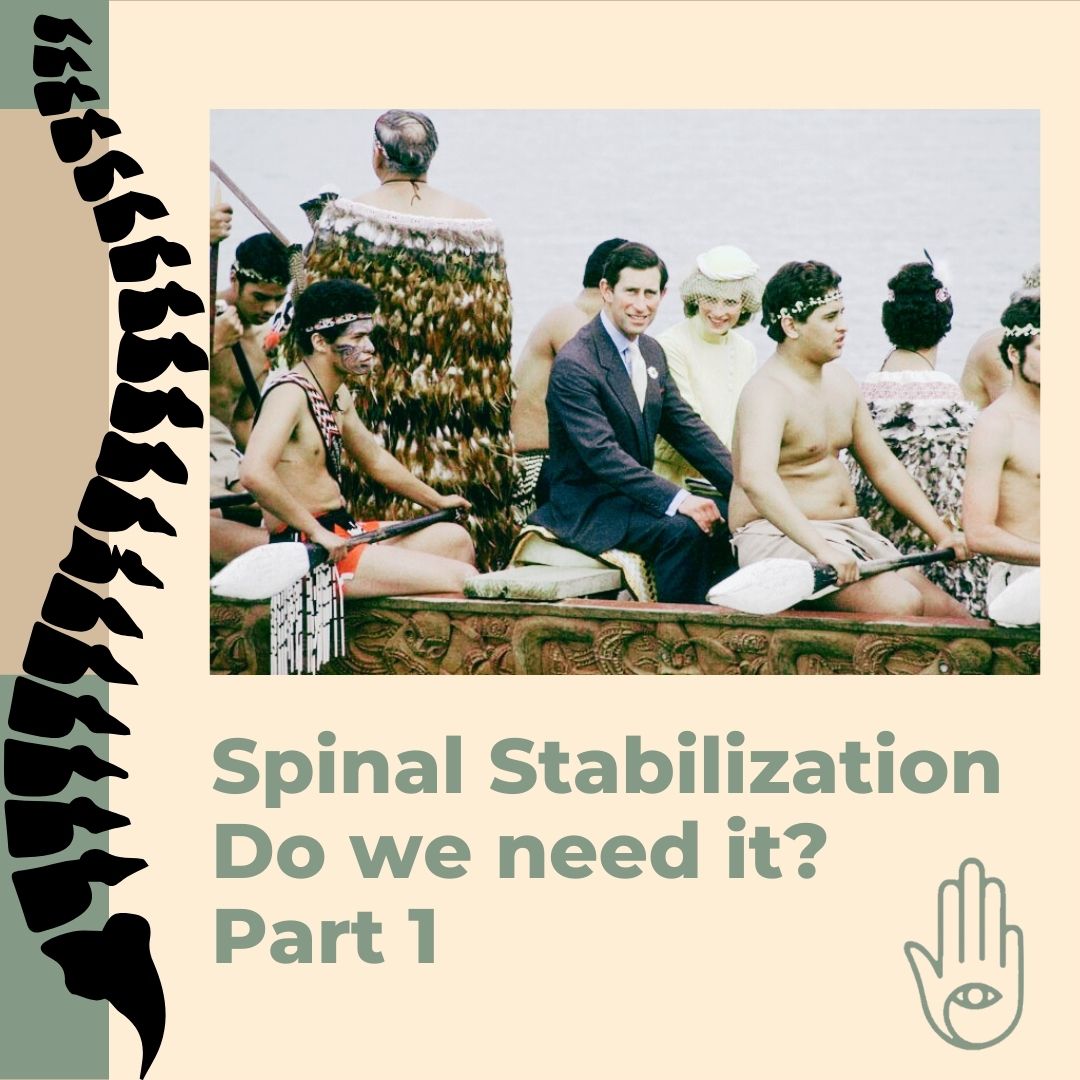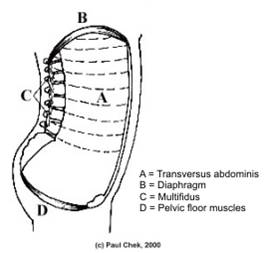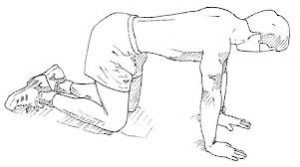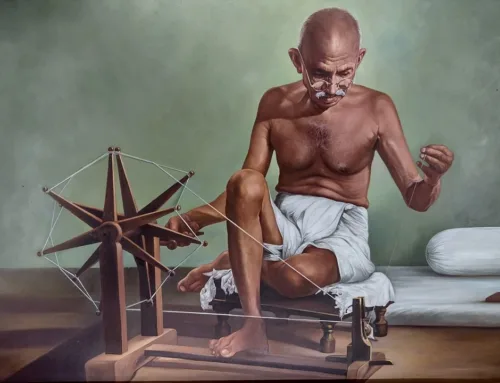During my travels in New Zealand I visited the Waitangi Treaty Grounds. I came across a most magnificent canoe – “The Waka ceremonial canoe”.
The 35-metre-long canoe needs a minimum of 76 paddlers to handle it safely on the water. It weighs 6 tonnes when dry and 12 tonnes when saturated
 What fascinated me was the tour guides explanation of “stabilization” of the canoe. Modern boats have a rudder at the back of the boat. A rudder is a primary control surface used to steer a ship, boat, submarine, hovercraft, aircraft, or other conveyance that moves through a fluid medium (generally air or water). The Maori tribes knew that this heavy vessel needed balance and stability, so they put their rudder facing up on the end of the boat. Maori used much larger trees to develop Waka that did not require out-riggers for stability, instead using a number of strategies including both static floatation (buoyancy and ballast) and dynamic principles employing motion dampening techniques. 1
What fascinated me was the tour guides explanation of “stabilization” of the canoe. Modern boats have a rudder at the back of the boat. A rudder is a primary control surface used to steer a ship, boat, submarine, hovercraft, aircraft, or other conveyance that moves through a fluid medium (generally air or water). The Maori tribes knew that this heavy vessel needed balance and stability, so they put their rudder facing up on the end of the boat. Maori used much larger trees to develop Waka that did not require out-riggers for stability, instead using a number of strategies including both static floatation (buoyancy and ballast) and dynamic principles employing motion dampening techniques. 1
Knowledge about the Māori waka may not be currently studied in western scientific terms. However it demonstrates their deep understanding passed on through the oral tradition of stability. What is remarkable that modern boat builders of the 1980’s including American Cup sailors were able to learn from these traditional designs. Charles and Diana also took a trip on this vessel.
For example if the sides of the Waka are smooth the boat cannot get as much speed and flow. Therefore grooved carvings were indented much in the same way as the dimples on golf ball ads additional speed and distance.
As movement practitioners we will get many clients sent to us by medical professionals who are seeking spinal stabilization. In layman’s terms the client usually describes this as core stability or more support around the lumbar spine. A corseted effect will support the upper and lower extremity. Stability also includes the ligaments, tendons and connective tissues in and around the vertebral column, providing a natural brace to help protect the spine from injury. Ligaments aid in joint stability during rest and movement and help prevent injury from hyperextension and hyper flexion (excessive movements).
Our core musculature contributes to vital functions within our bodies and enables us to perform simple to complex tasks. Without good control or stabilization and a thorough understanding of what contributes to core stabilization and strength, we can fall prey to many of modern society’s ailments. Lower back pain is the number one patient complaint in the West. Many problems and orthopaedic injuries result from poor core stabilization and strength.
We know the corset as the inner and outer unit, like the waka. In this article I will focus on the inner unit. The inner unit consists on the transverses abdominus , multifudus, pelvic floor and diaphragm. Research shows that the inner unit operates on a different neurological loop from other core muscles.2 Studies have shown that the inner unit has an important role in regulating joint stiffness of the torso. It also has a big influence on the joint stability of the extremities.
The internal organs are supported by a complex array of ligaments. However it is the abdominal wall that is responsible for maintaining the position of the organs and preventing movement.
Drooped organs of the inner unit are known as a condition called abdominal ptosis. This has been linked to such ailments as low back pain, painful menstruation, poor circulation, digestive disorders, constipation, pelvic floor disorders and chronic dysfunction of the respiratory system.
Fig 1 on the image below shows a normal abdominal wall, 2,3 and 4 show poor inner unit and fallen organs.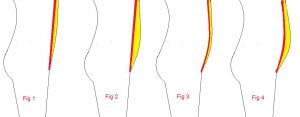
Respiration and the Abdominal Wall
The diaphragm is a respiratory muscle that’s assists respiration; the abdominals provide stabization and house the diaphragm. When abdominal ptosis exists, especially when combined with an accumulation of abdominal fat, the ribs are pulled downward into a position of expiration. This disrupts respiratory excursion of the diaphragm and commonly results in an increased ventilation rate (breaths per minute). Increasing the ventilation rate alters blood Ph and has been linked to an increased propensity to experience muscle cramping. 2
Inner Unit Support For Circulation and Immune Function. During activities such as walking or swimming there is a cyclical contraction of the inner unit. This cyclical contraction causes constant alteration of the pressures within the intra-thoracic and intra-abdominal cavities. Similar pressure fluctuations occur while breathing. 2
An effective method to get clients to feel their inner unit is four-point kneeling. This can be used in any movement method from Yoga, Pilates, and GYROTONIC to cross fit either as a proceeding exercise or integrated as part of a sequence. As always isolation is a feeling that we have but the body will always work as a full kinetic chain. Chris Norris tells us that working them at low loads for ten seconds can retrain stabilizing muscles. I start with the knees on the floor and then proceed to hover for ten seconds.3
References
- https://ourarchive.otago.ac.nz/bitstream/handle/10523/5032/RoakeQuentin2014MIndS.pdf?sequence=6
- http://www.chekinstitute.com/freegifts847386/TheInnerUnit.pdf
- https://www.researchgate.net/publication/223440440_Spinal_Stabilisation_4_Muscle_Imbalance_and_the_Low_Back

